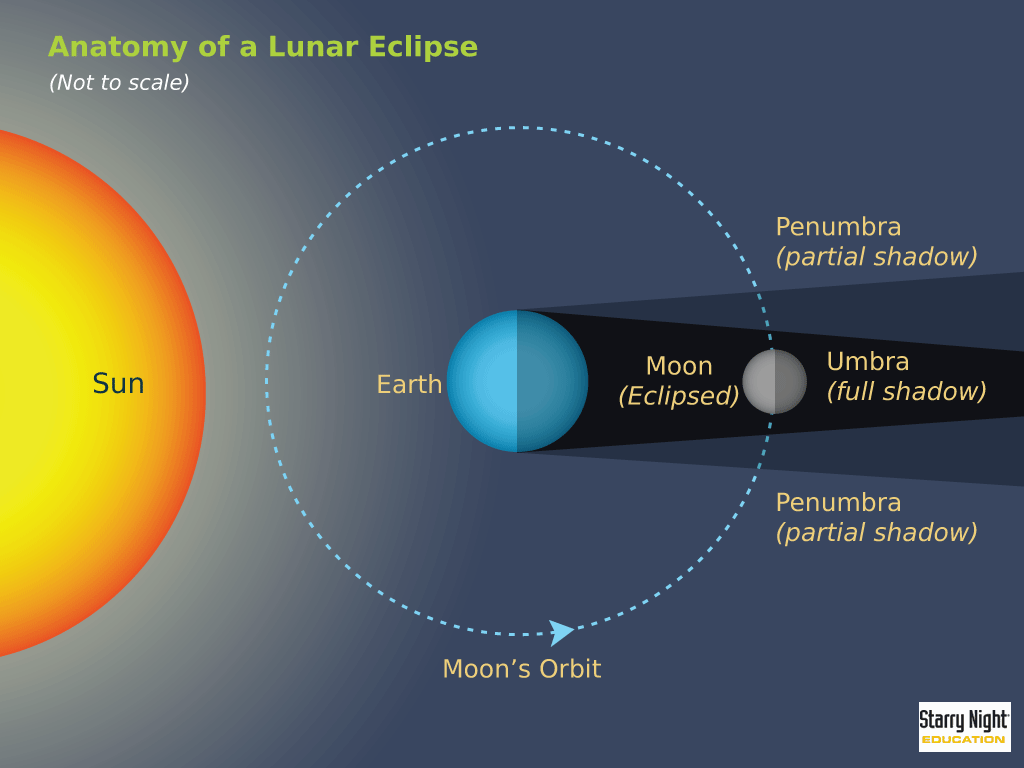Nasa’s goddard space flight center, greenbelt, md. Why does the eclipse not occur every month? Some of the activities they work through are creating their own lunar eclipse and solar eclipse diagram, filling in blanks, kwl, and so much more.
Kindergarten Solar Eclipse Activity Sheet The Great American Is Coming And It Will Be A Great Way To Get
Solar Eclipse Myths Activities Themed For Home Classroom Or Event Including
Solar Eclipse Activity 6th Grade Videos For Kids Simply Kinder
Free Printable Solar Eclipse Activity Worksheet •
Solar and lunar eclipses can happen when the sun, moon, and earth line up in certain ways.
Watch and measure a solar eclipse activity.
An eclipse happens when a planet or a moon gets in the way of the sun’s light. Explore the mechanism of the solar and lunar eclipse! When a full moon occurs during an eclipse season, the moon travels through earth’s shadow,. This article suggests several solar and lunar eclipse activities that can be done in the classroom.
This is nasa's official lunar eclipse page. The students will choose two historical lunar eclipses to view. Learn about solar and lunar eclipses with an educational worksheet pack, make an eclipse model, and create a diy pinhole camera! In this activity students will observe the moon and make evaluations of the eclipse at the three times indicated on.

Here on earth, we can experience two kinds of eclipses:
This guide support activities for learning about the sun, light, our solar system, and eclipses. You can also find this resource on tpt. Free interactive resources and activities for the classroom and home. In this lesson, we will learn about the sun, the earth and the moon.
Each activity is described, and there is also information about why these activities would be beneficial to the learning. The following activities encourage visitors to make connections between personal experiences of shadows and light and. We will also learn about satellites, including natural and artificial satellites. Using a flashlight, a tennis ball, and a basketball, you and your students can simulate the positions of the sun, the earth, and the moon.
They will have a blast!
Solar eclipses are an amazing time to learn a little bit about the sun, the moon, the earth, and the paths they take as they orbit around each other. What are solar and lunar eclipses? Solar eclipses and lunar eclipses. In a lunar eclipse, the earth's shadow falls on the moon.
For older children, you can add the additional complexity of orbits: It contains maps and tables for 5,000 years of lunar eclipses and includes information on eclipse photography and observing tips. Eclipse seasons last about 34 days and occur just shy of every six months. Here on earth, we can experience two kinds of eclipses:.

Below, check out a visualization of the april 8, 2024,.
Encourage your classroom to adjust the. In this illustrated problem set, students use pi to calculate the size of a mars rock sample, compare the mirrors of two space telescopes, deduce an asteroid's makeup, and size up. Switch it up by asking the kids. Find lessons on lunar and solar eclipses for all grades.
Then, on the worksheet, the students will fill out the date of the eclipse, significant event, and what each location saw. The moon's orbit around the earth rotation of the earth distances and. To help learners of all ages understand how to safely observe the oct. Have students model a total solar eclipse with this setup.






